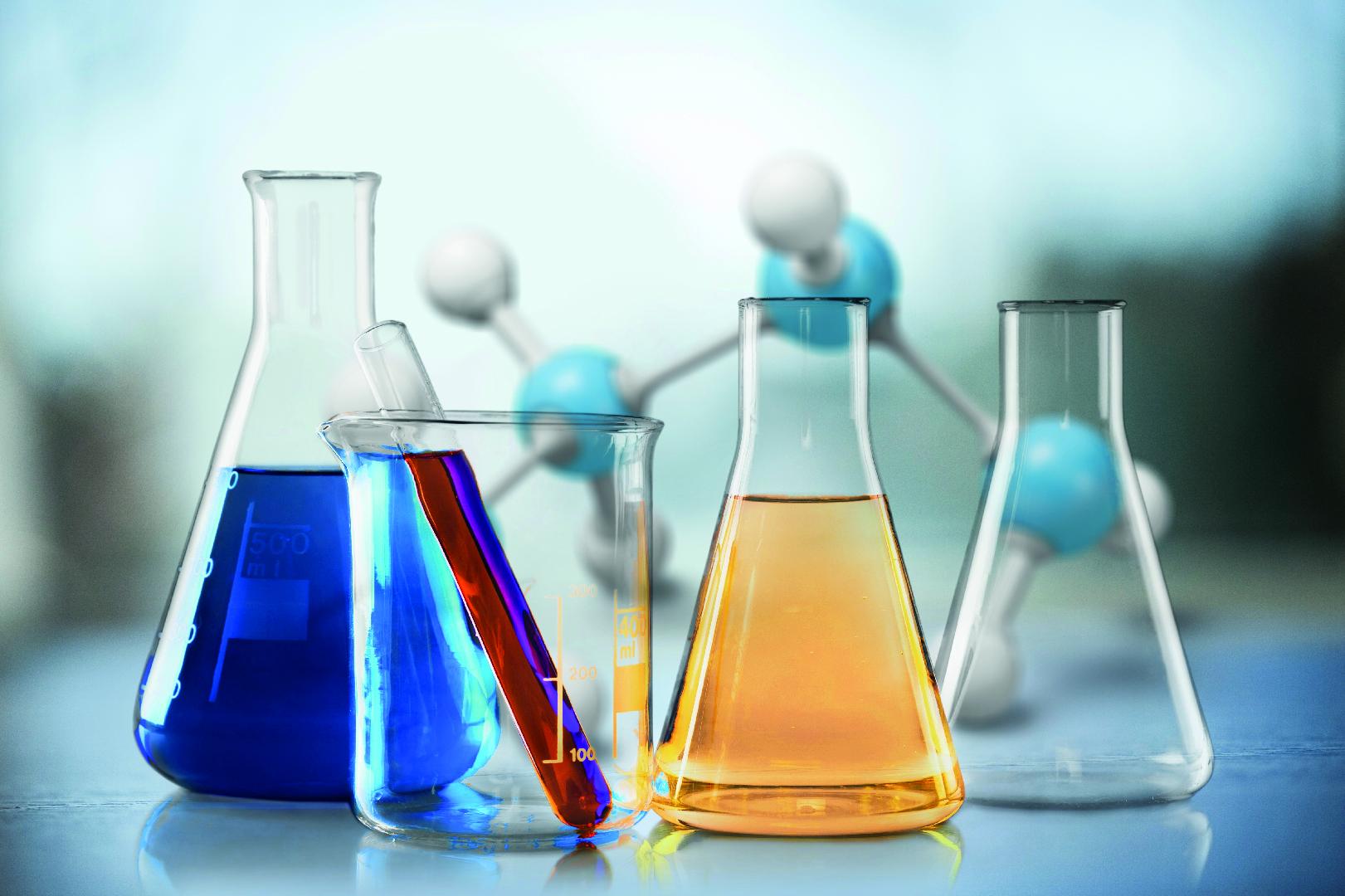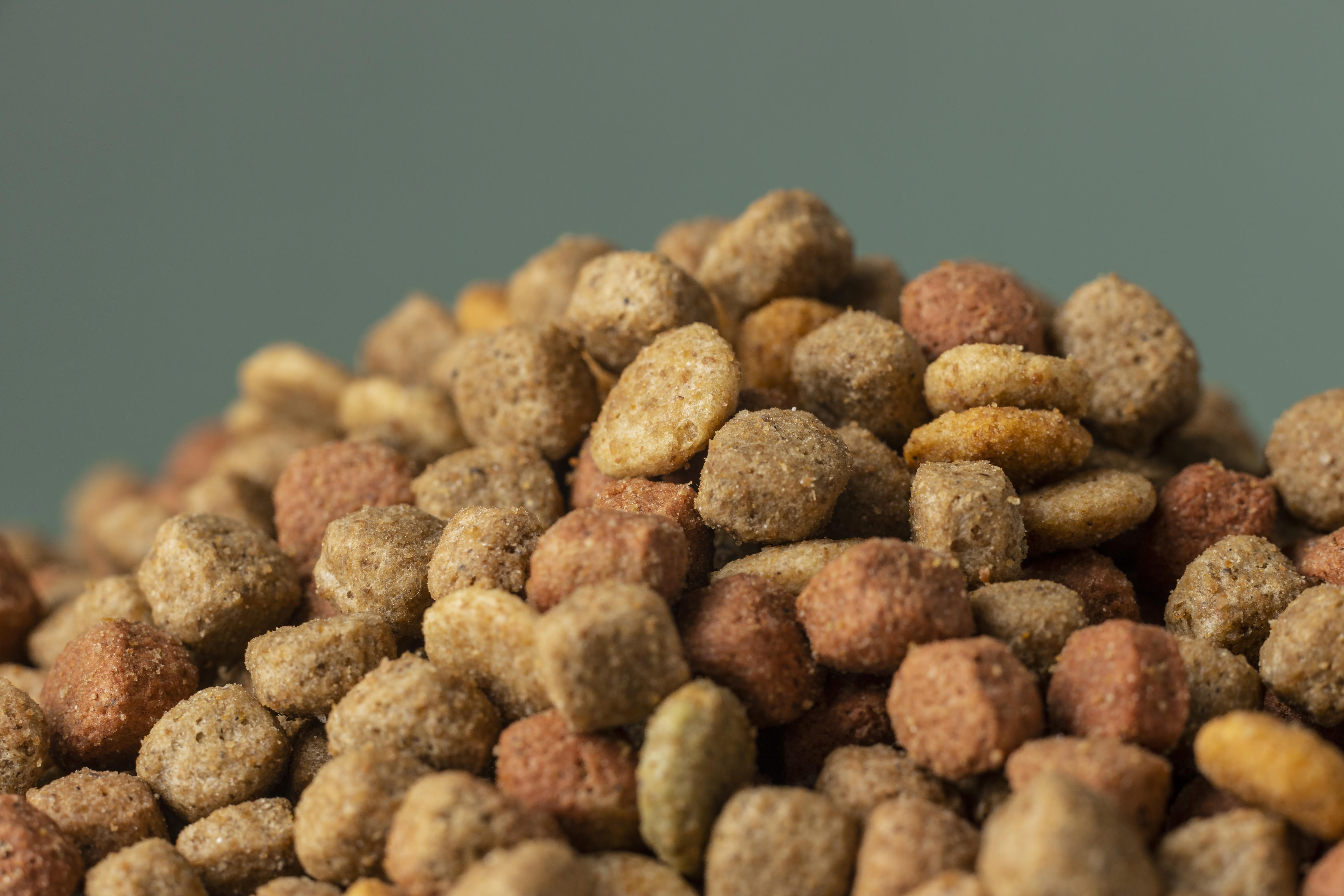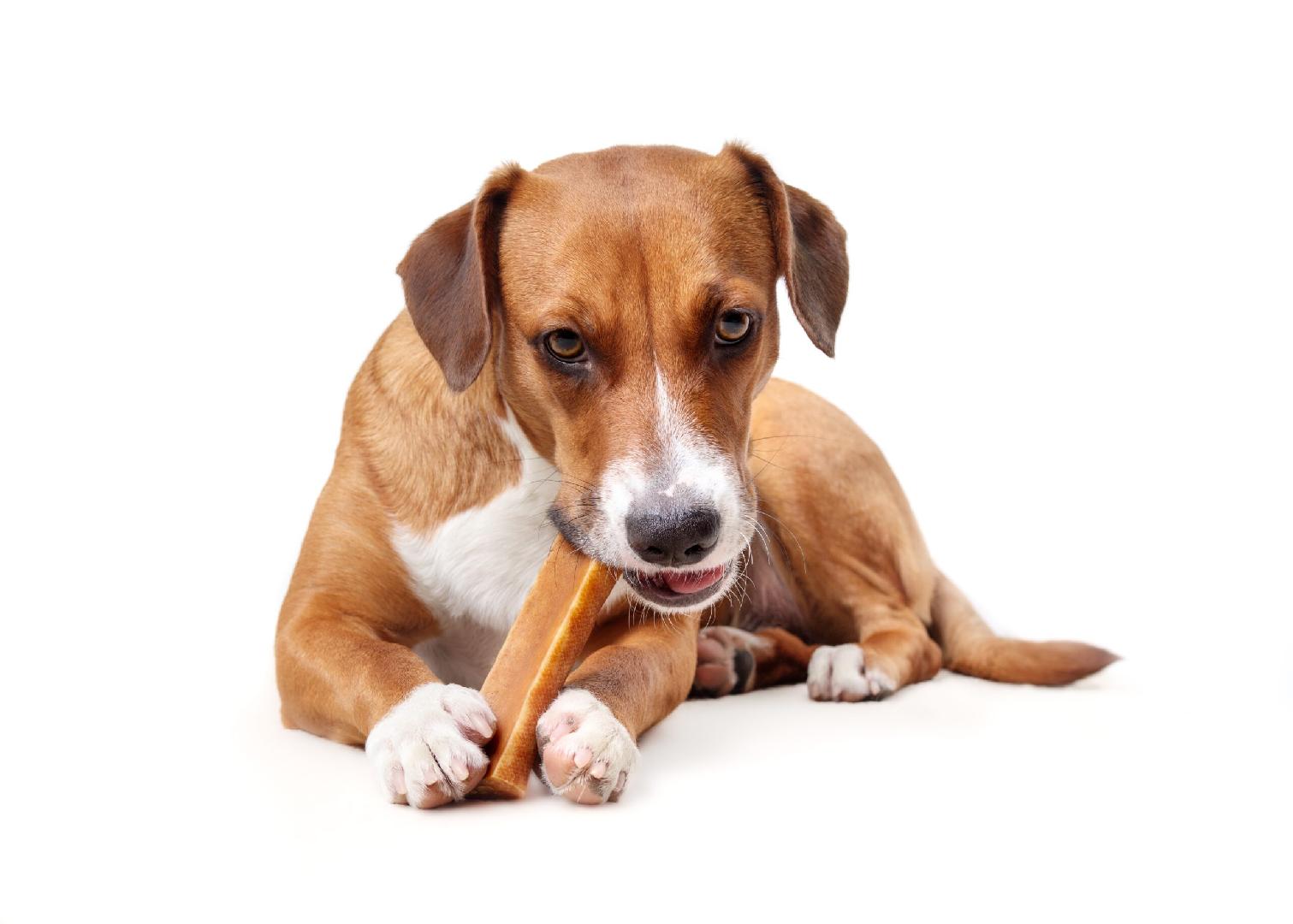The use of additives in pet food is already well established in Brazil and follows the standards and regulations of MAPA, ANVISA, FDA - Food and Drug Administration -USDA. All additives used in pet food must be included in the list of raw materials, ingredients, and additives authorized for use in animal feed, also called feed-grade products. But not all the additives described in the legislation are intended exclusively for animal feed, the additives present in pet food are generally the same, or very similar, to those used for food for human consumption (food-grade). Therefore, it is common to find suppliers that manufacture/market these food-grade additives, for human nutrition, and are, therefore, capable of being used in animal nutrition.
The growth of the pet food market promotes the use and development of new additives considering that some of them, mainly those in the sensory, nutritional, and zootechnical fields, can improve the quality and palatability of the food to be supplied to the pet. And also, they become a differential in the formulation of products and in the creation of an argument that can be decisive in the purchase choice by the consumer.
This need for innovation and leadership in the midst of so much competition leads many pet food industries to invest in additives inclusion in their formulations. Premium and Super Premium category foods for dogs usually have a wide variety of zootechnical additives in their composition, among which we usually see chondroitin sulfate, glucosamine sulfate, hexametaphosphate, zeolite, bentonite, cassava extract, prebiotics, and probiotics, among others. And, in cat diets, insoluble and moderately fermented sources of fiber, such as cellulose or beet pulp, are additives consistently found in higher-end hairball control products, for example.
It is interesting to see companies that care about the quality of their products to stay in the market and grow within it. Innovation is necessary for all aspects of the pet food production chain, starting with new ingredients and additives development. From our point of view, this is a factor with very positive points, since it generates research and improvement of pet products, and, consequently, promotes the health and greater longevity of dogs and cats.
Even so, we see some negative points in additives use if they are only related to the market interests. The cost of using additives, and the lack of information on the ideal levels of use in the different types of products available in the pet market, make each industry assume the amount that it is interested in its formulation. Many companies are including them in their formulas in trace amounts, but still declare the benefits of the additives on their labels as a product differential, guaranteeing a benefit that is unlikely to be achieved.
We believe that the pet market in Brazil is still poorly regulated in terms of minimum and maximum inclusion of additives in dog and cat food and that more research, debate, and discussion are needed on the subject.
By: Ludmila Barbi and Erika Stasieniuk
Source: All Pet Food Magazine
You could be interested: Natural ingredients in Petfood: Glycerine replacement with AMN CarryMoist®
About author
Ludmila Barbi T. BomcompagniBrazilian living in Mexico City, veterinarian with a master's degree in Animal Nutrition. Having experience in pet food formulation and raw materials evaluation, she currently dedicates to the study and development of functional additives for pet food nutrition.
About author
Erika StasieniukAnimal Scientist graduated from UNESP —Botucatu, with a Master’s degree (2009) and Ph.D. (2013) in Animal Science, with an emphasis on Companion Animal Nutrition, from UFMG— Belo Horizonte. With over 15 years of experience in the pet food industry, she has worked in Research and Development, formulation of dry extruded foods, premixes, and supplements for dogs, cats, and fish, with experience in both national and multinational companies. Since 2019, she has been the founder of SFA Consultoria, providing technical and strategic support to national and international companies that produce food and ingredients for dogs and cats. She also trains professionals through online courses and mentorships, with more than 200 students in Brazil and abroad. She is currently also a postgraduate professor at Faculdade CTA, where she teaches the subject of Dry Extruded Food Formulation for Dogs and Cats. You can find her on Instagram: @erikastasieniuk
Publisher Contents
Micro Ingredients
02/11/2023


































